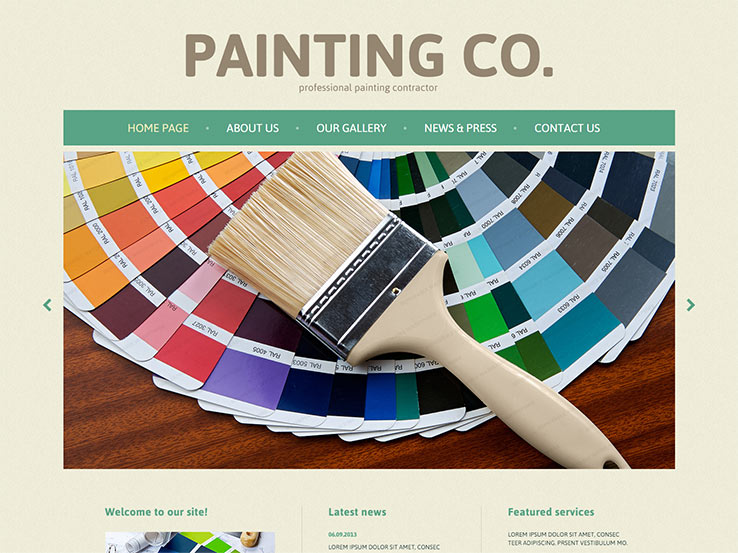Discover Exactly How Seasonal Impacts Can Impact The Efficiency Of Commercial External Painting And Learn One Of The Most Beneficial Times To Ensure Durable Results For Your Task
Discover Exactly How Seasonal Impacts Can Impact The Efficiency Of Commercial External Painting And Learn One Of The Most Beneficial Times To Ensure Durable Results For Your Task
Blog Article
Written By-Leach Browne
When you're planning an industrial exterior paint job, seasonal factors can make or break your results. You'll intend to consider how temperature and humidity impact paint application and drying out times. Choosing the right season can guarantee your paint adheres effectively and lasts much longer. But which seasons are absolutely the best for this type of work? Allow's explore the crucial elements that can influence your task's success.
The Influence of Temperature on Paint Application
When you're planning a business outside painting task, the temperature level can substantially influence how well the paint sticks and dries out.
Preferably, you wish to paint when temperatures range in between 50 ° F and 85 ° F. If it's also chilly, the paint may not cure correctly, leading to concerns like peeling off or splitting.
On the other side, if it's too hot, the paint can dry out also quickly, avoiding proper attachment and leading to an unequal finish.
You must also take into consideration the moment of day; morning or late afternoon offers cooler temperature levels, which can be extra positive.
Constantly examine the supplier's suggestions for the specific paint you're using, as they often provide assistance on the suitable temperature level variety for optimal outcomes.
Moisture and Its Impact on Drying Times
Temperature isn't the only environmental variable that affects your business outside paint project; humidity plays a considerable function also. High moisture degrees can slow down drying times significantly, impacting the general quality of your paint task.
When the air is filled with wetness, the paint takes longer to cure, which can result in issues like bad adhesion and a higher danger of mold growth. If you're painting on a particularly humid day, be gotten ready for extensive delay times between layers.
It's critical to check local weather and plan accordingly. Ideally, go for moisture degrees between 40% and 70% for optimum drying out.
Keeping these consider mind ensures your job remains on track and provides a long lasting finish.
Best Seasons for Commercial Outside Painting Projects
What's the best season for your industrial external paint jobs?
Springtime and very early loss are normally your best choices. During these seasons, temperatures are mild, and moisture degrees are frequently reduced, creating excellent problems for paint application and drying out.
Avoid summer's intense heat, which can cause paint to completely dry as well rapidly, leading to poor adhesion and coating. Similarly, simply click the up coming site can prevent proper drying out and curing, running the risk of the long life of your paint job.
Go for days with temperatures in between 50 ° F and 85 ° F for ideal outcomes. Keep in mind to examine the local weather report for rain, as wet conditions can destroy your job.
Planning around these factors ensures your painting project runs smoothly and lasts longer.
Final thought
In conclusion, planning your industrial outside painting projects around seasonal factors to consider can make a significant difference in the result. By scheduling work during the suitable temperature levels and humidity degrees, you'll guarantee much better attachment and drying times. Remember to watch on local weather prediction and pick the correct time of year-- spring and very early loss are your best options. Taking business painting services minneapolis mn will certainly help you attain a resilient and expert finish that lasts.
